Vancouver, B.C. Four years ago, Federico Sbrissa, Arc’teryx’s Product Line Manager, began designing a boot for the outdoor expert, a “technical, summit-focused winter alpinist.” Now Sbrissa, who has previously worked for Salomon and Dynafit—he was instrumental in creating the Dynafit Dy.N.A and TLT5 boots —and Arc’teryx announce the fruits of their labor. The Procline Boot debuted at a press trip last week at the Arc’teryx Canadian-based headquarters.
Arc’teryx is taking their Procline line, formerly a hardshell jacket and pant, one step farther with their Procline boot. Designed foremost for climbers but also for skiers, the boot is intended for big traverses, climbing (with crampons) and technical descents.
To achieve this, Arc’teryx spent roughly three years attempting to blend Dynafit’s TLT with a more traditional alpinist boot. And to achieve this, Sbrissa first devised a simple mechanical solution: a 360° rotating cuff that, when in walk mode, sits as two vertical sections. This extra lateral range of motion in the cuff is designed for increased movement and stability in more tenuous terrain.
Although the boot isn’t yet available in a size small enough for me to test, editors and journalists accompanying me on the press trip almost unanimously noted better balance on the skintrack and, when in ski mode, the cuff retained a surprisingly stiff flex. (The Arc’teryx team hasn’t officially tested the Procline’s flex.) “The boot is at 95 percent,” Sbrissa says. “We’re working on making it slightly stiffer for production.”
The relatively short cuff comes in two options: a carbon fiber frame overinjected with Grilamid for added stiffness and the same model designed with pure Grilamid. And in the carbon model, the pivot hinge is lined in plastic to prevent the carbon fiber from wearing down on the lower shell, a plus for those hoping to keep the boots for more than one season.
In transitioning, Arc’teryx kept it simple with the ski/walk mode lever in the back of the boot, and the one buckle/cable system was designed to keep buckles and straps out of the way while climbing, but still cinchable for fast descents. While it took a handful of testers a few runs to get used to the sleek design, one noted that it held up well, even on powder skis and in heavy, coastal snow. Plus, the Dynafit-certified inserts add a tried-and-true element to the new design, easing the adjustment.
For technical ascents, the toe shape was designed with crampons in mind, resulting in a rounded toe complete with thick rubber below the toe and a thin layer above for traction. The boot also sports a rockered toe to increase walkability, and the somewhat short sole (294mm sole length for a 27.5) includes a double Vibram mount on the heel and toe for added durability and edging. For the purposes of this boot test, where snow accumulation totaled over a foot in two days, the best feature may have been the Full Coverage Gaiter—intended to be fully snow and water-resistant. And it tested true to its goal, aside from when snow or water rose above the cuff.
The Procline is a lot to take in. But with two liner choices (the ascent-focused Lite and the skier-specific Support), a PVC-coated nylon power strap and a women’s model of the boot (offered in 23 to 27.5), it can be tailored for every “technical, summit-focused winter alpinist.”
The Procline will be available in Fall 2016.
Weights and Pricing (MSRP)
Procline Carbon Lite: 2.6 lbs. (27.5)
Procline Support: 2.78 lbs. (27.5)
Procline Men’s Lite: 2.6 lbs. (27.5)
Procline Men’s Support: 2.78 lbs. (27.5)
Procline Women’s Lite: 2.3 lbs. (25.5)
Procline Women’s Support: 2.46 lbs. (25.5)
Women’s sizing runs 23 to 27.5 and men’s sizing runs 25.5 to 30.5. Both sizing options offer half sizes.

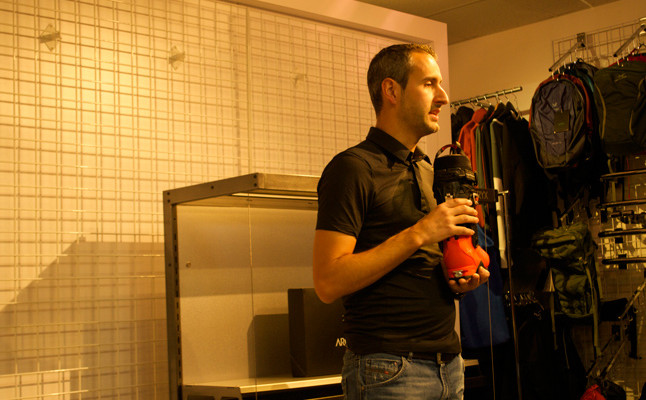
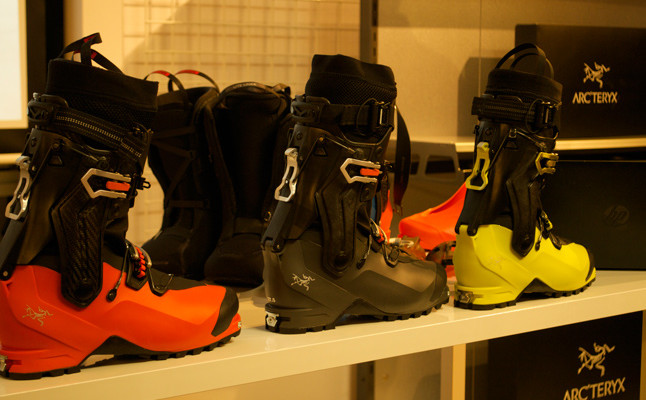
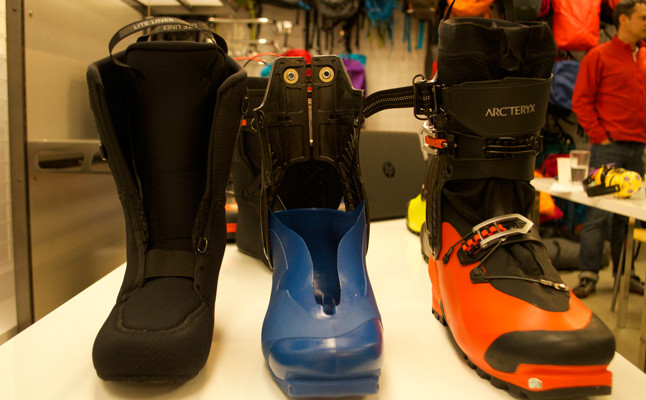
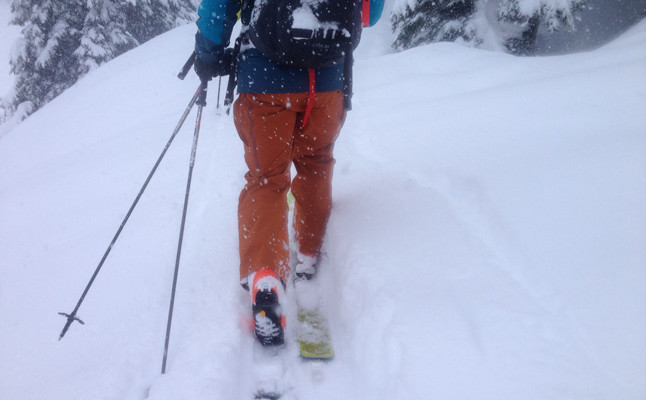
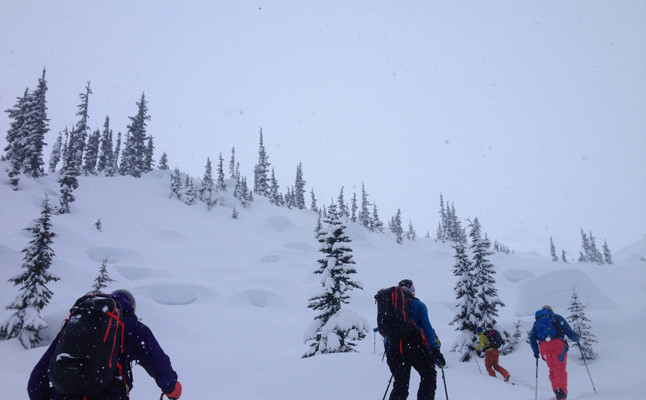








Related posts: